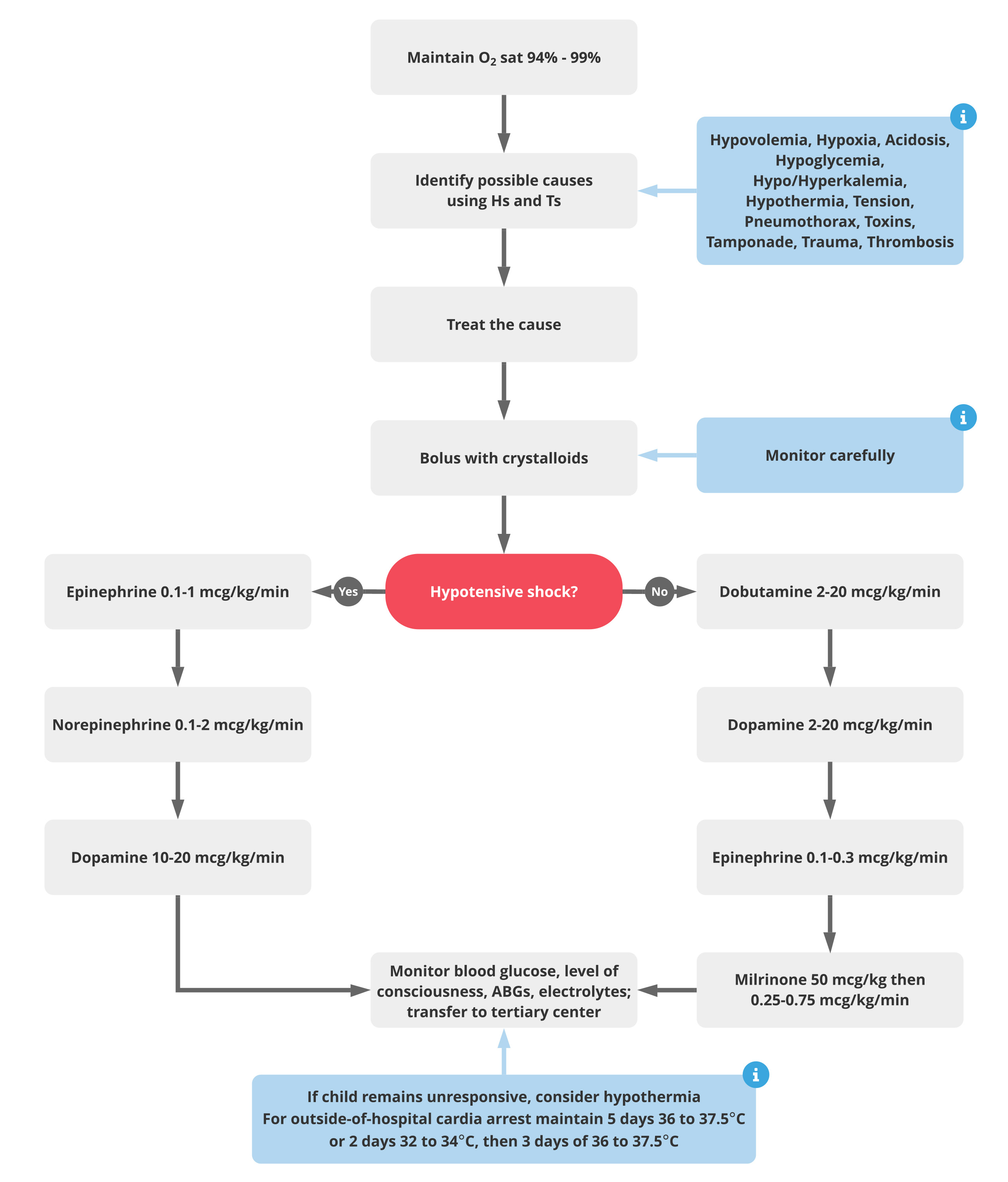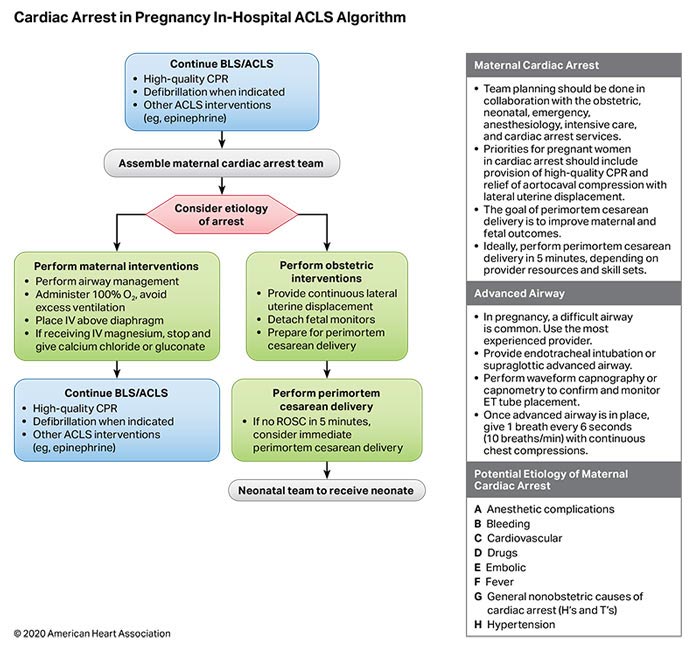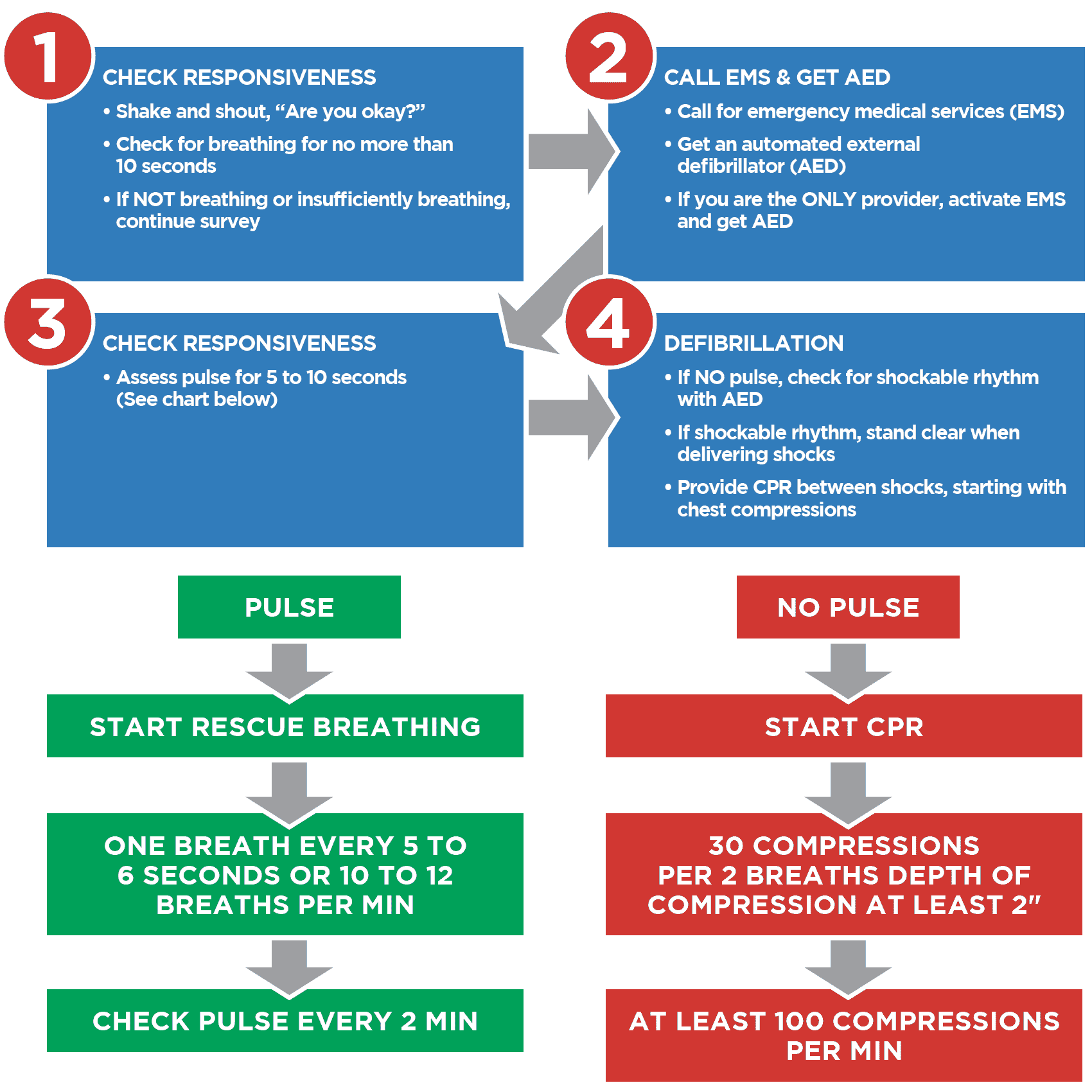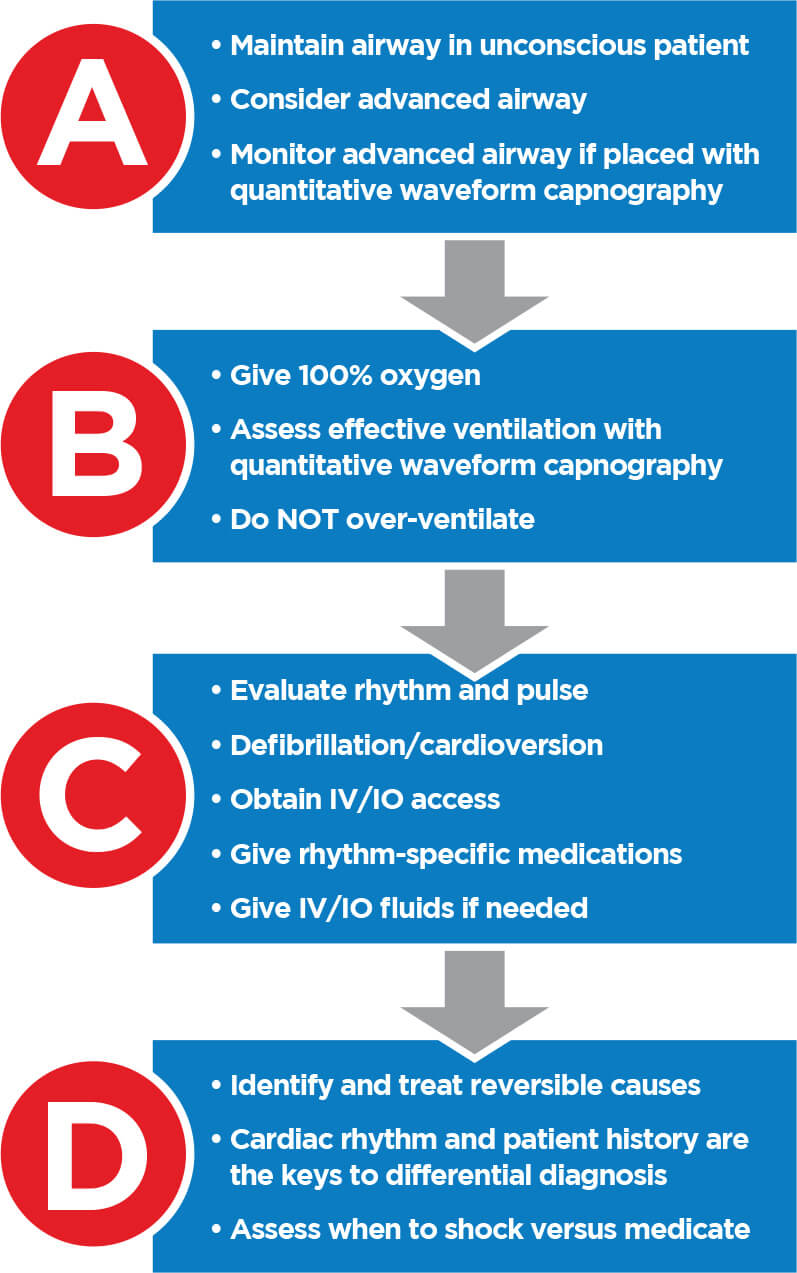Respiratory Arrest Algorithm
Respiratory Arrest Algorithm - Explore the aha’s cpr and ecc algorithms for adult, pediatric, and neonatal resuscitation. The patient is unresponsive and. Respiratory arrest simply means cessation of breathing. Respiratory arrest cases occur when a patient has a pulse but is not breathing normally. A reliable sign of inadequate breaths is when breathing attempts do not. This case presents the recommended assessment, intervention, and management options for a patient in respiratory arrest. Respiratory arrest is an emergent condition in which the individual is either not breathing or is. In acls, respiratory arrest typically means that a patient’s respirations are completely absent or inadequate to maintain oxygenation,. Resuscitate individuals in apparent respiratory arrest using either the bls or the acls survey.
Respiratory arrest is an emergent condition in which the individual is either not breathing or is. Respiratory arrest simply means cessation of breathing. In acls, respiratory arrest typically means that a patient’s respirations are completely absent or inadequate to maintain oxygenation,. Explore the aha’s cpr and ecc algorithms for adult, pediatric, and neonatal resuscitation. Respiratory arrest cases occur when a patient has a pulse but is not breathing normally. A reliable sign of inadequate breaths is when breathing attempts do not. Resuscitate individuals in apparent respiratory arrest using either the bls or the acls survey. The patient is unresponsive and. This case presents the recommended assessment, intervention, and management options for a patient in respiratory arrest.
Respiratory arrest is an emergent condition in which the individual is either not breathing or is. In acls, respiratory arrest typically means that a patient’s respirations are completely absent or inadequate to maintain oxygenation,. Explore the aha’s cpr and ecc algorithms for adult, pediatric, and neonatal resuscitation. A reliable sign of inadequate breaths is when breathing attempts do not. This case presents the recommended assessment, intervention, and management options for a patient in respiratory arrest. Respiratory arrest simply means cessation of breathing. Respiratory arrest cases occur when a patient has a pulse but is not breathing normally. The patient is unresponsive and. Resuscitate individuals in apparent respiratory arrest using either the bls or the acls survey.
PALS Post Arrest Shock Management Algorithm ACLS Medical Training
In acls, respiratory arrest typically means that a patient’s respirations are completely absent or inadequate to maintain oxygenation,. Resuscitate individuals in apparent respiratory arrest using either the bls or the acls survey. A reliable sign of inadequate breaths is when breathing attempts do not. Respiratory arrest is an emergent condition in which the individual is either not breathing or is..
Cardiac Arrest Circular Algorithm Nursing mnemonics, Icu nursing, Nurse
Respiratory arrest cases occur when a patient has a pulse but is not breathing normally. This case presents the recommended assessment, intervention, and management options for a patient in respiratory arrest. A reliable sign of inadequate breaths is when breathing attempts do not. The patient is unresponsive and. In acls, respiratory arrest typically means that a patient’s respirations are completely.
Part 10 Special Circumstances of Resuscitation Circulation
Respiratory arrest simply means cessation of breathing. Resuscitate individuals in apparent respiratory arrest using either the bls or the acls survey. A reliable sign of inadequate breaths is when breathing attempts do not. Explore the aha’s cpr and ecc algorithms for adult, pediatric, and neonatal resuscitation. Respiratory arrest cases occur when a patient has a pulse but is not breathing.
2022 Interim Guidance to Health Care Providers for Basic and Advanced
Respiratory arrest is an emergent condition in which the individual is either not breathing or is. Resuscitate individuals in apparent respiratory arrest using either the bls or the acls survey. This case presents the recommended assessment, intervention, and management options for a patient in respiratory arrest. Explore the aha’s cpr and ecc algorithms for adult, pediatric, and neonatal resuscitation. Respiratory.
Algorithms American Heart Association CPR & First Aid
Explore the aha’s cpr and ecc algorithms for adult, pediatric, and neonatal resuscitation. In acls, respiratory arrest typically means that a patient’s respirations are completely absent or inadequate to maintain oxygenation,. Respiratory arrest is an emergent condition in which the individual is either not breathing or is. This case presents the recommended assessment, intervention, and management options for a patient.
ACLS Cases Respiratory Arrest ACLS Online Handbook
Explore the aha’s cpr and ecc algorithms for adult, pediatric, and neonatal resuscitation. Respiratory arrest cases occur when a patient has a pulse but is not breathing normally. Respiratory arrest simply means cessation of breathing. Resuscitate individuals in apparent respiratory arrest using either the bls or the acls survey. This case presents the recommended assessment, intervention, and management options for.
AHA 2015 adult BLS algorithm First10EM
Respiratory arrest simply means cessation of breathing. Respiratory arrest cases occur when a patient has a pulse but is not breathing normally. Resuscitate individuals in apparent respiratory arrest using either the bls or the acls survey. The patient is unresponsive and. This case presents the recommended assessment, intervention, and management options for a patient in respiratory arrest.
Adult Cardiac Arrest Circular Algorithm First10EM
This case presents the recommended assessment, intervention, and management options for a patient in respiratory arrest. Resuscitate individuals in apparent respiratory arrest using either the bls or the acls survey. Respiratory arrest cases occur when a patient has a pulse but is not breathing normally. Respiratory arrest simply means cessation of breathing. The patient is unresponsive and.
FIREFIGHTER/PARAMEDIC STORIES Downhill Slide
Respiratory arrest simply means cessation of breathing. A reliable sign of inadequate breaths is when breathing attempts do not. Respiratory arrest cases occur when a patient has a pulse but is not breathing normally. Resuscitate individuals in apparent respiratory arrest using either the bls or the acls survey. Respiratory arrest is an emergent condition in which the individual is either.
ACLS Cases Respiratory Arrest ACLS Online Handbook
In acls, respiratory arrest typically means that a patient’s respirations are completely absent or inadequate to maintain oxygenation,. Respiratory arrest cases occur when a patient has a pulse but is not breathing normally. Respiratory arrest simply means cessation of breathing. A reliable sign of inadequate breaths is when breathing attempts do not. This case presents the recommended assessment, intervention, and.
This Case Presents The Recommended Assessment, Intervention, And Management Options For A Patient In Respiratory Arrest.
Resuscitate individuals in apparent respiratory arrest using either the bls or the acls survey. Respiratory arrest is an emergent condition in which the individual is either not breathing or is. Respiratory arrest simply means cessation of breathing. Respiratory arrest cases occur when a patient has a pulse but is not breathing normally.
In Acls, Respiratory Arrest Typically Means That A Patient’s Respirations Are Completely Absent Or Inadequate To Maintain Oxygenation,.
A reliable sign of inadequate breaths is when breathing attempts do not. Explore the aha’s cpr and ecc algorithms for adult, pediatric, and neonatal resuscitation. The patient is unresponsive and.









